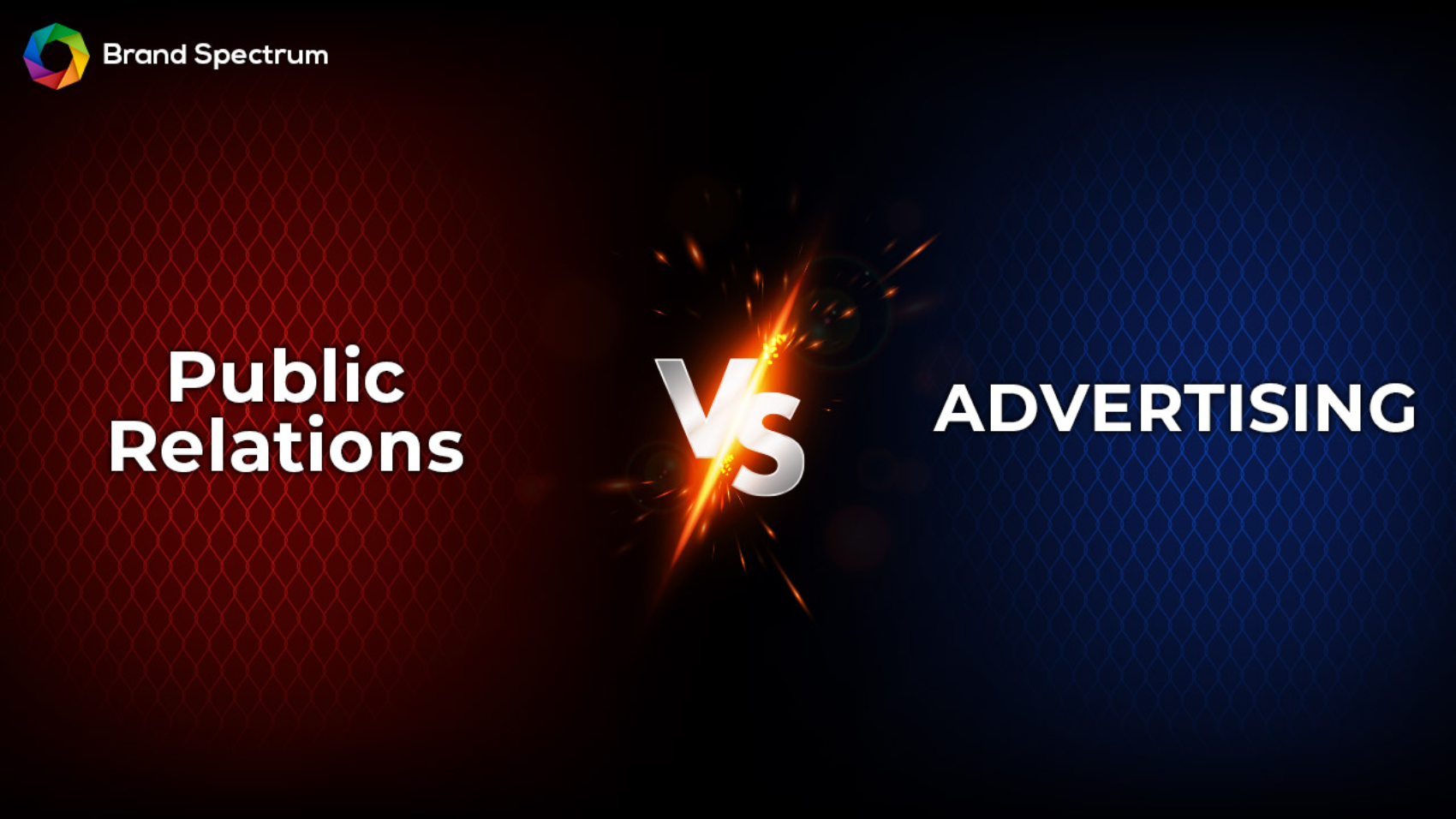Public Relations (PR) and Advertising are two distinct, yet closely related, areas of marketing that companies use to communicate with their audience. They both have different objectives, tactics, and methods of execution, and each is necessary for a complete marketing strategy. The differences between PR and advertising, and explore how these two marketing tools can be used together to achieve an organization’s marketing goals.
What is Public Relations?
Public relations is the practice of creating a positive image of a company or organization in the eyes of its audience. PR relies on earned media, which means that the media outlets or other third-party sources report on the brand or organization. PR campaigns are designed to create positive associations and build credibility through media coverage, events, and other tactics.
The primary objective of PR is to create positive relationships with the media and other influencers to generate positive media coverage for the brand. PR professionals create press releases, media kits, and other materials to share with the media to gain coverage. The goal is to create a buzz about the brand or organization and generate positive publicity that will help improve the brand’s reputation.
What is Advertising?
Advertising is a form of paid promotion that involves creating and delivering messages to an audience to promote products or services. Companies use advertising to generate demand for their products or services and to increase sales. Advertisements can be placed in print, broadcast, or online media, and can be delivered through a variety of channels, including billboards, radio, TV, and digital media.
The primary objective of advertising is to persuade the audience to take a specific action, such as purchasing a product or visiting a website. Advertisers create ads that are designed to appeal to the audience and to generate a response. Advertising can be used to build brand awareness, create demand, and support sales efforts.
Here are the key differences between PR and advertising:
- Credibility:
One of the most significant differences between PR and advertising is credibility. PR is usually considered more credible than advertising because it leverages third-party endorsements. Third-party endorsements can come from media outlets, industry experts, or influencers who have a favorable opinion of the brand.
When a media outlet reports positively on a brand or features it in their publication, it provides instant credibility for the brand. Similarly, when an industry expert or influencer endorses a brand, it helps establish credibility and encourages people to trust the brand.
On the other hand, advertising is generally viewed as less credible because it’s a paid promotional message from the company itself. Consumers know that advertising’s primary goal is to sell products or services, which can make them skeptical of the claims made in advertisements.
- Control:
Another critical difference between PR and advertising is control. Advertising provides companies with more control over the messaging and content they want to communicate to the audience. In contrast, PR provides less control over media coverage or public perception as it relies on third-party sources to communicate the message.
When a company creates an advertisement, it has complete control over the message’s tone, content, and delivery. This control makes it easier to convey the specific message the company wants to communicate to its target audience. Companies can choose the specific media channels they want to advertise on, such as TV, print, or online ads, to reach the desired audience.
In contrast, PR relies on media coverage or social media to generate awareness about the brand. Companies have little control over how the media covers the brand, which can sometimes be unfavorable. For example, a company may issue a press release about a new product, but a media outlet may choose to report it negatively. This lack of control can sometimes lead to unfavorable coverage, which can damage a brand’s reputation.
- Reach:
Advertising helps companies reach a larger audience through paid channels like TV, print, or online ads. Companies can choose the specific channels and platforms they want to advertise on to reach the desired audience. They can also choose the type of advertising they want to use, such as display ads, video ads, or search ads.
Advertising’s ability to reach a larger audience quickly can be helpful in creating brand awareness, especially for new brands or products. With advertising, companies can generate a high level of interest and demand for their products or services quickly.
In contrast, PR is often more targeted to specific media outlets or audiences, which may have a smaller reach but can be more effective in reaching the right people. PR campaigns are usually designed to target specific demographics, industries, or geographic regions. This approach helps ensure that the message reaches the desired audience, but it may not have the same level of impact as advertising in terms of the number of people reached.
- Cost:
Advertising can be more expensive than PR, especially for larger campaigns or placements in high-profile media outlets. Advertising requires a significant budget to cover the cost of producing the advertisement, and the cost of buying media placements. The cost of advertising can vary depending on the size and type of advertisement, the media outlet, and the timing of the ad.
- Goals:
Advertising is primarily focused on driving sales and promoting specific products or services. PR, on the other hand, is focused on building and maintaining a positive reputation for the company through media coverage, thought leadership, and community involvement.
if you’re looking for a Public Relations (PR) or Advertising that can help you achieve your goals, look no further. Contact us today to how Brand Spectrum can help you grow your business online.



Add a Comment